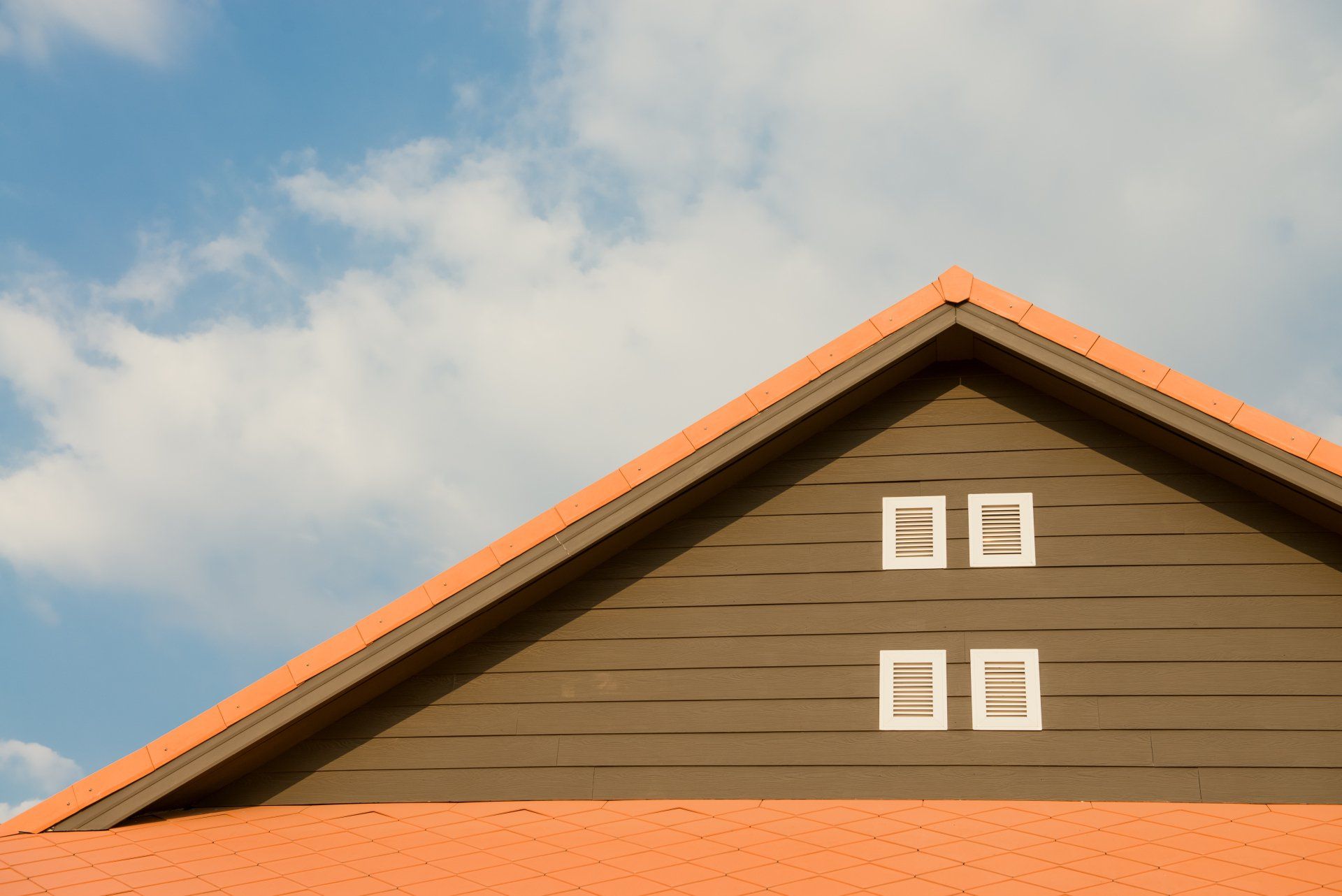Should You do a Roof Repair or Roof Replacement?
Your roof's health is vital to the safety of your home's structure. Roof repairs and roof replacements are never fun to think about, but one or both will have to be done at some point of being a homeowner.
Roofs in bad condition often cause problems like leaks, pest infestations, mold, mildew, higher heating and cooling bills, and could even hinder resale. But when a storm hits that cause unexpected roof damage or you see normal wear-and-tear, it's time to take action.
Identifying roof damage is usually very easy to spot, but there are instances where the problem is not always visible, like when the damage is under the exterior of your roof. In that case, it will take the trained eye of a roofing contractor to spot any problem areas.
If you think you have roof damage, here are a few things to look out for:
- Broken or missing shingles
- Nail pops
- Leaks around vents or flashing
- Granule loss
- Punctures or holes
- Clogged gutters
- Mold or moss
- A sagging roof
- Water stains on the ceilings or walls
If you notice any of those problems, it's time to call a licensed roofing contractor to inspect your roof and determine if you need a roof repair or a roof replacement. Making the right decision is key to minimizing near and long-term home improvement costs.
When To Do a Roof Repair
Roof repairs are typically done on mild roof damage. A roof repair can restore your roofing system and extend the life of an older roof.
If the damage is done to a small section of the roof and is just replacing some damaged, torn, or missing shingles, it's relatively simple and inexpensive.
It's cheaper to pay for roof repairs than a replacement. In addition, there are materials on your roof that don't last as long as your roof system does. So making minor repairs when needed is cheaper and can extend the life of your roof. However, you might not be able to find the right shingles to match your roof. Be sure your contractor can help you match it as closely as possible to not ruin any curb appeal your home has.
Even if the damage seems easy enough to DIY, it's always better to hire a qualified roofing company, like accentroofinggroup.com, to ensure it's properly fixed. Roof repair is highly specialized, and it takes a knowledgeable, experienced, and skilled contractor to do it properly.
When To Do a Roof Replacement
Roof replacement is typically done on moderate to major roof damage. And any type of roof damage should never be ignored. What may have started as minor damage could turn into significant damage if left unrepaired.
While more expensive upfront, a new roof can save money in the long run by avoiding multiple repairs or additional damage. And your homeowner's insurance may cover the costs!
When your roof is damaged by severe weather, like tornadoes, hail, and wind, your insurance coverage will determine whether your roof gets repaired or replaced.
A roof replacement fixes the entire roof and requires the contractor to strip everything to uncover the deck before installing the new roof. In addition, it may involve repairs to the sheathing, rafters, and trusses. It addresses all roofing problems, even the ones hidden underneath the shingles.
Although more expensive, a new roof will offer you peace of mind, up your home's curb appeal, and increase energy efficiency.
Roof Repair Vs. Roof Replacement: Things to Consider
As much as you may want to do roof repairs over a replacement, there are some things to consider to help you make that decision. Nothing is worse than getting some repairs done to only find out it didn’t fix the problem!
Consider The Age of Your Roof
All roofing material has a lifespan. For example, asphalt roofing shingles typically last 15-30 years. In comparison, clay roof tiles can last up to 100 years, and metal roofing materials 40-70 years. As your roof gets closer to its lifespan, it will deteriorate or show signs of aging. At this point, it is more cost-effective to replace your roof than to pay for repairs repeatedly.
Signs of an old roof:
- Shingles are curling or buckling
- Shingles are bald
- Shingles are missing
- The roof is sagging
- Moss is covering your roof
- Blistering shingles
- Granules are in your gutters
Consider The Condition of Your Roof
Next, consider the condition of your roof. Minor damage like a few missing shingles might be as easy as a repair, but if a tree fell on your roof, causing holes, you might need a roof replacement.
Think of it this way, if the minor damage covers less than 30% of your roof, you might only need a roof repair. However, remember that not all damage is visible.
If you see water stains inside your home on the ceiling or walls, it could mean you have a leaky roof. Finding the source of that leak can be tricky, but it's essential to find it fast and have it fixed. Small leaks can eventually lead to more significant problems like mold, rotting, damaged ceilings, or damaged insulation.
Consider The Location of Your Home
Do you live in an area- like Raymore, Missouri- susceptible to hail, strong winds, or tornadoes? If so, it is essential to replace missing shingles or other roofing materials after each storm. Waiting to repair minor damages could end up causing significant damages in the future or during the next storm.
Consider How Long Will You Be In Your Home
If you have already repaired your roof and plan to stay in it another 15 years, then do a roof inspection. Have a roofing contractor inspect, give you a report, and then get on a regular maintenance plan to ensure you get the full life out of your roof without wasting money.
But if you are planning to sell your home and it's showing signs of damage or age, you might have a hard time selling. Installing a new roof would help curb appeal for your neighborhood and would be an investment to increase your home value.
Consider If You Have a Visible Insurance Claim
Roof replacements can be costly. Depending on the size of your roof, the damage, and your location, the price for replacement can be staggering. While that might deter some people from even having a roof inspection done, the damage might be covered by your homeowner's insurance policy.
Most people don't even file a claim, but our customers have peace of mind when hiring us for roofing solutions. When you work with Accent Roofing Group, we help navigate the complicated process of filing a complete and comprehensive insurance claim. We use the same software as most insurance carriers, so we speak their language and calculate damages the same way they do.
Are You Ready For A Roof Repair or Roof Replacement?
If you are ready for a roof repair or replacement, the first thing you need is a roof inspection from a contractor you can trust.
Accent Roofing Group specializes in roof repairs and roof replacements in suburbs around Kansas City- Raymore, Independence, Belton, Blue Springs, Lee’s Summit, Overland Park, Olathe, Shawnee, Lenexa, and Spring Hill- helping homeowners file insurance claims when acceptable.
Regardless of your stage in the roofing process, accentroofinggroup.com can help.
You might also like



Book a Service Today
We will get back to you as soon as possible
Please try again later

Navigation
Roofing Services
All Rights Reserved | Accent Roofing Group LLC
